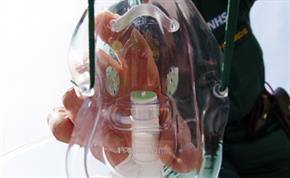
Airway management is an intervention that if done correctly can quite literally save lives. However, if done poorly, or without the relevant mechanisms for safety, it may actually cause harm to patients.
Whilst there are a number of options available to us as clinicians in managing an airway (which vary depending upon your scope of practice), it is important to remember that whatever airway technique you are utilising, to please ensure a high level of care and attention to the techniques that are applied - and the subsequent assessment of effectiveness.
The Trust made the use of capnography mandatory available in July last year following a coroner’s outcome in Nottingham.
There has been a number of unrecognised oesophageal intubations in recent months, some of which have been declared and investigated as serious incidents or pending review by the serious incident panel. This update looks to ensure that, particularly in the context of endo-tracheal intubation, staff are reminded of best practice:
There are a number of ways to confirm your placement, the positive presence of waveform capnography being arguably the most important, but don’t forget the:
It may not be possible to successfully pass an endo-tracheal tube into the trachea, but failing to recognise an oesophageal intubation is inexcusable and, if unrecognised, will harm your patient.
Due to a small but increasing number of unrecognised oesophageal intubations, the Trust’s clinical team are supporting a restriction in practice, applied to all paramedics who have an unrecognised oesophageal intubation, pending a full and thorough investigation alongside further education and training.
Additional learning resources are being prepared for you to support your ongoing CPD. If you have any questions or any queries about this process, please contact the area clinical lead team by emailing clinical.leads@eastamb.nhs.uk.
Published 29th September, 2016